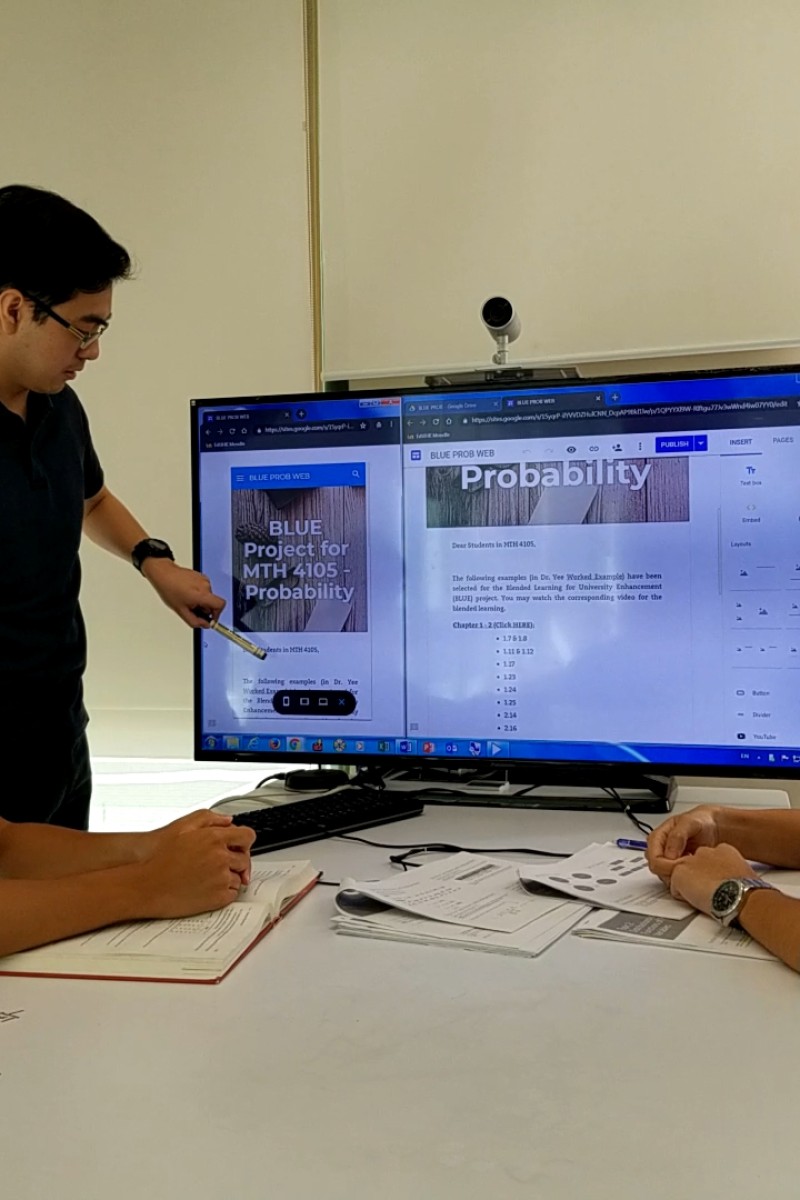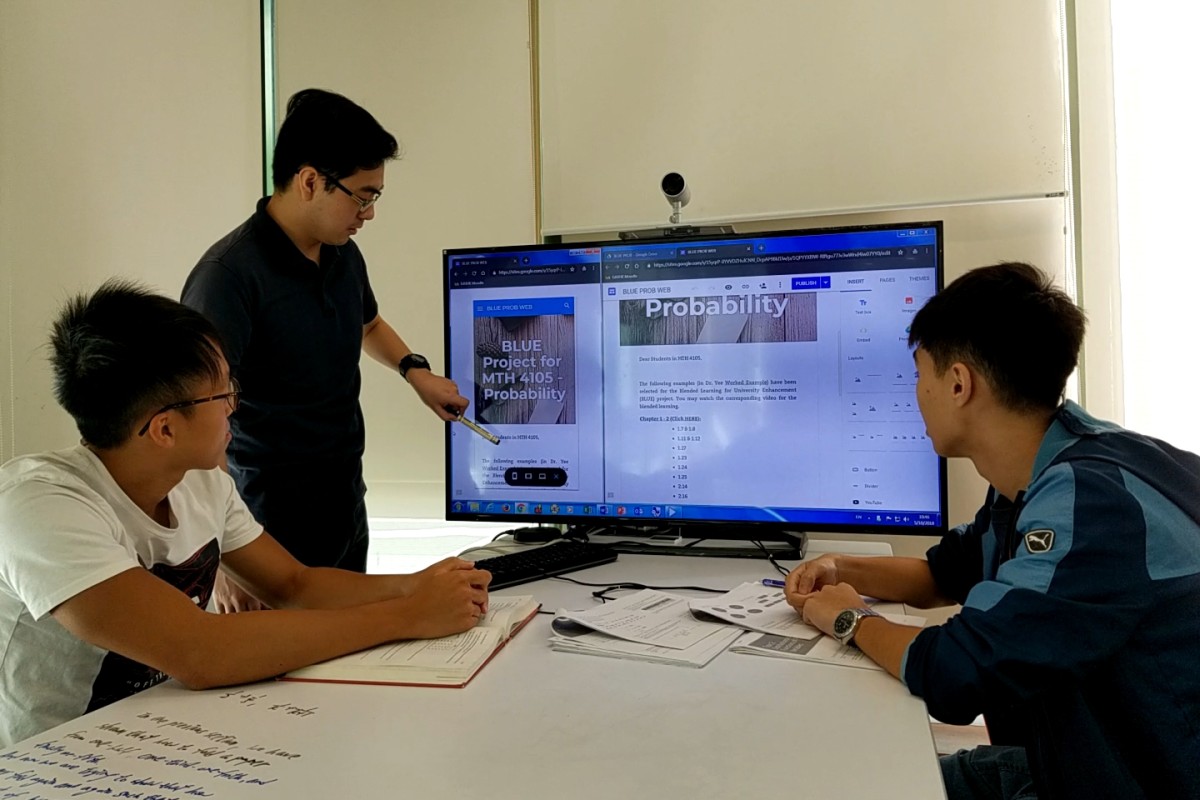
MIT students at EdUHK takes what they've learned to pay it forward and give back
Sponsored Feature
 Tailor-made teaching videos gives students a chance to lead the lesson and take on the role of a teacher.
Tailor-made teaching videos gives students a chance to lead the lesson and take on the role of a teacher. Students in the Department of Mathematics and Information Technology (MIT) at The Education University of Hong Kong (EdUHK) are learning how to give back to the community as they progress through their courses.
In parallel with their classroom studies, they also produce videos to help others, provide after-hours tuition for secondary school students, and work with lecturers to conduct research that can have a wide-reaching impact. Through these activities, MIT students have the chance to apply what they learn, see what it takes to make complex ideas easier to understand, and discover how to think about problems in different ways.
More specifically, students taking Bachelor of Education (Honours) (Primary) – Mathematics, Bachelor of Education (Honours) (Secondary) in Mathematics and Bachelor of Education (Honours) (Secondary) – Information and Communication Technology translate their knowledge into informative teaching videos for fellow students and other learners. This is part of a project supervised by Dr Cheng Kell Hui-fai, Lecturer I, which produces tailor-made videos for blended learning and the “flipped” classroom. That is where students lead the lesson and take on the role of teacher.
Literature courses at EdUHK teach students to think for themselves
“The video material will be used in classrooms, and is not just for those who create it,” Dr Cheng says. “Some may be uploaded for students to view on their own, but most of the videos will be integrated into a lesson. Making the videos offers students a chance to showcase what they know, and the aim is to blend technology and traditional classroom work.”
It is not always easy for students to see the real-world applications of what they learn in class, but the video project makes clear how their work can have an impact. The content for each video generally entails material not yet covered in the curriculum, so students must do independent research before planning how best to articulate the main concepts, all the while adhering to very clear learning guidelines and production goals.
William Ma, the assistant for the video programme, explains the essential steps before actually starting production.
“First, the students work with lecturers to decide on the content they need to cover,” he says. “They must then create a plan and get draft approval before working on a prototype video. Once that is approved, they move on to the full production, which I monitor continuously throughout the process.”
One student, Cheng Ho-kit in Year 4 of Bachelor of Education (Honours) (Secondary) in Mathematics, has already made a number of videos, which has helped in finding the best way to present the material.
“Friends and lecturers made suggestions about how to change the wordings and the information flow to make explanations easier to understand,” Kit says. “Not everything I planned worked, so learning how to deal with these failures was part of my own learning process.”
My path to becoming the best teacher I can be
Russell Chan Ho in Year 3 of Bachelor of Education (Honours) (Secondary) in Mathematics, made a teaching video on probability , an experience which provided a boost to self-confidence and showed what it takes to communicate complex mathematical concepts and make them more accessible to non-maths majors.
To help secondary school students, Dr Leung King-shun, Assistant Professor at MIT, is supporting a separate community service programme which runs from November 2018 to May 2019. The scheme sees MIT student volunteers providing after-school tutorials for students who need extra help with mathematics, and learning to create their own lesson plans.
“The programme aims to promote mathematics and show its importance,” Dr Leung says. “We’ve targeted nearby secondary schools and our students’ alma maters. This community outreach project is also an opportunity for students to gain practical teaching experience in a school setting and to make a difference by fostering a love of mathematics.”